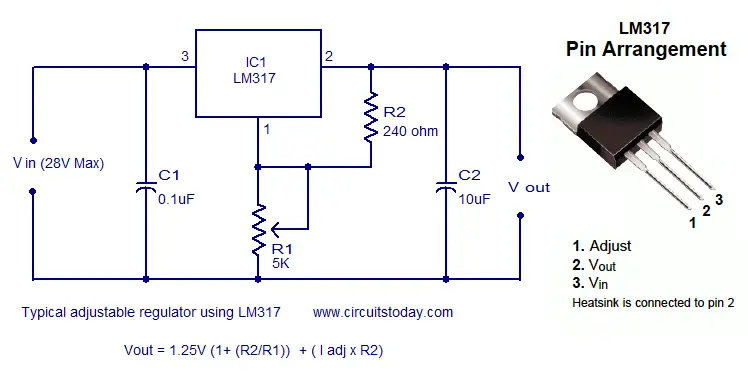Hi All
I was looking into the attached picture the EN369FN it shows a part change someone marked. Can someone verify what is the correct part to use. 230k or 20k resistor
Also cant find 230k resistor and 320k resistor can they be replaced with 240k and 330k resistor or do i need to use correct values to make.
320k = 2 x 160k
230k = 220k +10k
How critical are the values?
thanks

I was looking into the attached picture the EN369FN it shows a part change someone marked. Can someone verify what is the correct part to use. 230k or 20k resistor
Also cant find 230k resistor and 320k resistor can they be replaced with 240k and 330k resistor or do i need to use correct values to make.
320k = 2 x 160k
230k = 220k +10k
How critical are the values?
thanks

